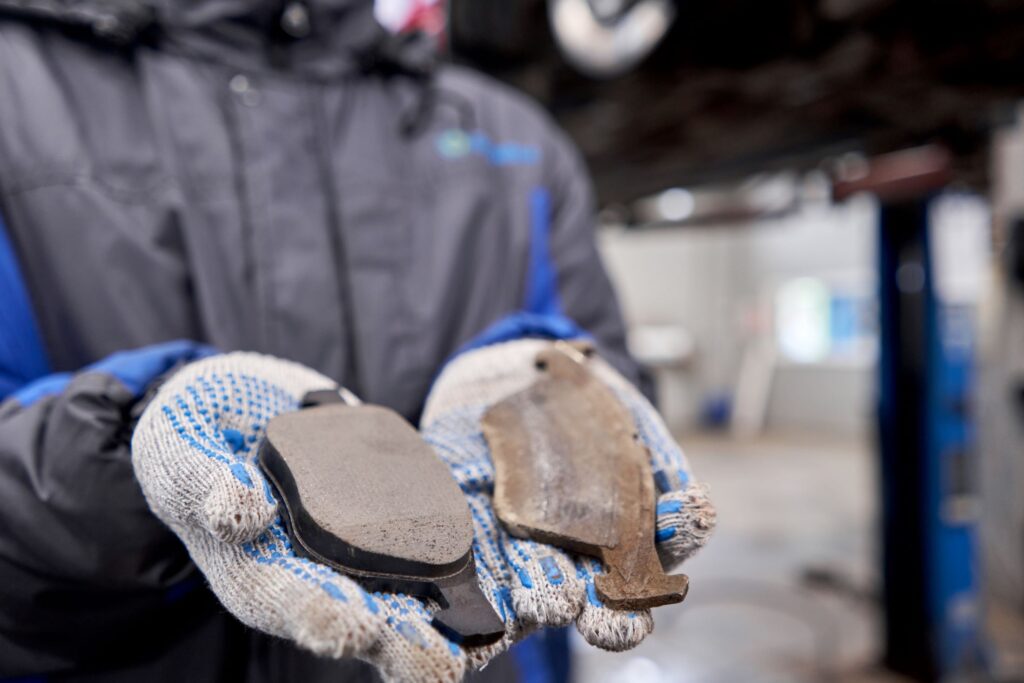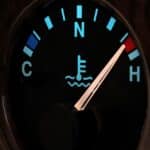Your vehicle’s brakes are arguably the most critical safety feature, and brake pads play a pivotal role in ensuring their proper function. Over time, brake pads wear down due to friction, which can compromise your vehicle’s stopping power and, more importantly, your safety. So, the question arises: How often should you replace your brake pads to ensure your vehicle remains safe and roadworthy?

1. The Variables at Play
The frequency at which you should replace your brake pads isn’t a one-size-fits-all answer. Several variables influence how quickly brake pads wear down, including:
a. Driving Habits: Aggressive driving, constant stop-and-go traffic, or frequently towing heavy loads can accelerate brake pad wear.
b. Vehicle Weight: Heavier vehicles tend to wear down brake pads more quickly, as there’s more mass to bring to a stop.
c. Brake Pad Material: Different brake pad materials have varying lifespans. For instance, ceramic brake pads generally last longer than semi-metallic or organic ones.
d. Environmental Factors: Driving in areas with a lot of hills or steep terrain can lead to more frequent braking and, consequently, faster pad wear.
e. Maintenance: Regular brake inspections and maintenance can extend the lifespan of your brake pads.
Given these variables, it’s essential to consult your vehicle’s manual for manufacturer-recommended brake pad replacement intervals. However, as a general guideline:
2. Mileage-Based Recommendations
Manufacturers often suggest replacing brake pads every 25,000 to 70,000 miles. However, this range can vary significantly based on the factors mentioned earlier. If your driving involves a lot of stop-and-go city traffic, you might need to replace your brake pads closer to the lower end of that range. Conversely, if you mostly drive on highways with minimal braking, you could reach the upper limit.
3. Signs of Brake Pad Wear
Instead of relying solely on mileage-based recommendations, it’s crucial to pay attention to your vehicle’s warning signs. Brake pads typically come equipped with wear indicators – small metal tabs that squeal when the pads wear down to a certain point. If you hear a high-pitched squealing noise when you apply the brakes, it’s a strong indication that it’s time to inspect and likely replace your brake pads.
Other signs of worn brake pads include:
a. Reduced Braking Performance: If your vehicle takes longer to come to a stop or the brakes feel less responsive, it’s time to check the pads.
b. Vibration or Pulsation: If you feel vibrations or pulsations in the brake pedal when you apply the brakes, it could be due to unevenly worn brake pads.
c. Thinner Pads: Physically inspect the brake pads through the wheel spokes. If they look thinner than a quarter-inch, it’s time for replacement.
Think it’s Time for Brake Pad Replacement?
When in doubt about the condition of your brake pads or the appropriate replacement interval for your vehicle, it’s wise to consult a professional mechanic like Ken’s Automotive & Transmissions. We’ll carefully assess your brake system’s condition and provide recommendations based on your specific driving habits and vehicle type. Contact us now to schedule an appointment.














